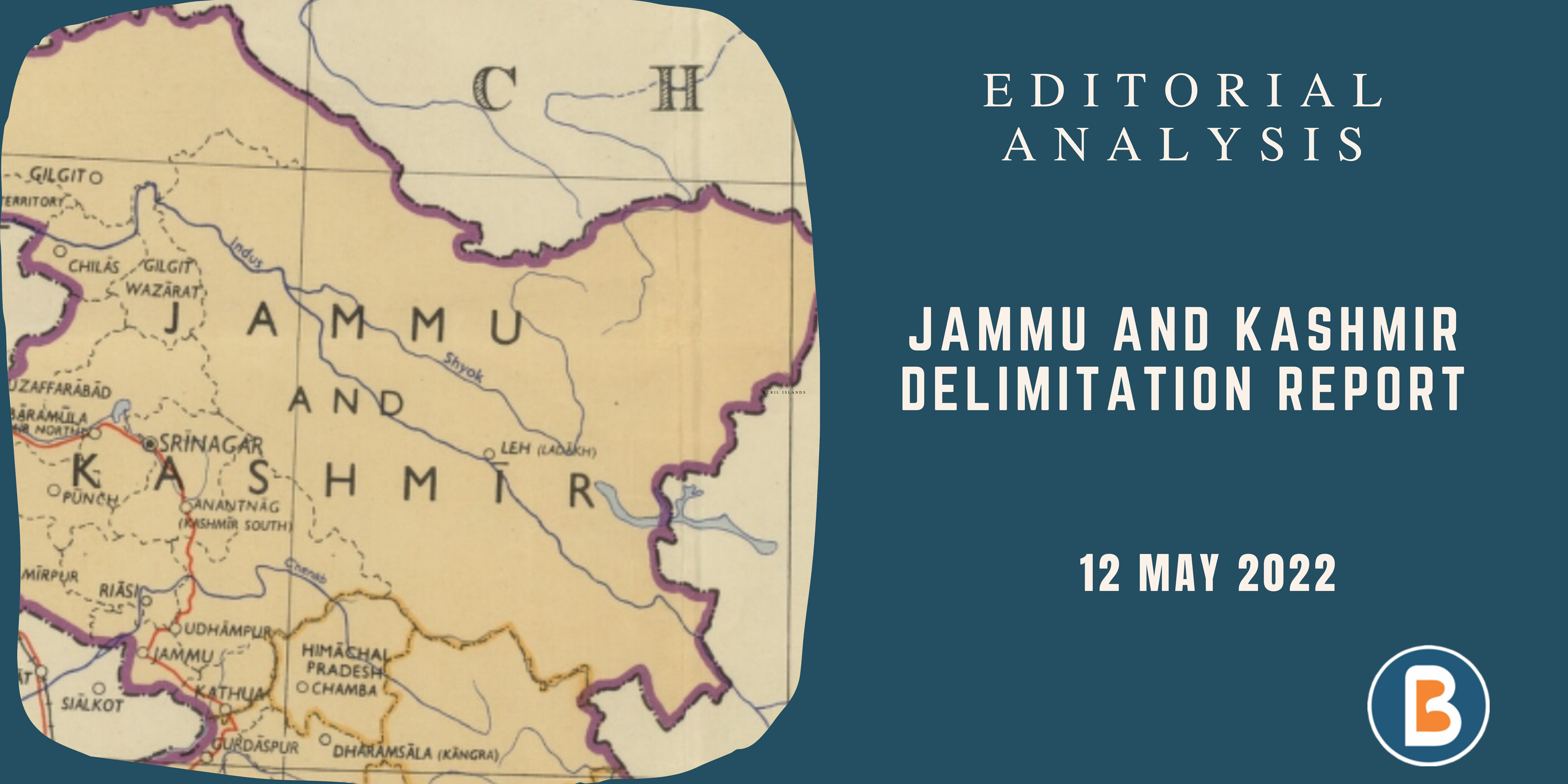Decoding India’s economic realities
Context:
The article delves into India’s economic landscape, focusing on the implications of the interim budget and analyzing key indicators such as fiscal consolidation, GDP growth, and inflation. It also critiques the government’s revenue mobilization strategies and provides insights into the trajectory of economic growth under different regimes.
Relevance:
GS-03 (Economy, Growth and development)
Mains Question:
Critically evaluate the government’s revenue mobilization strategies and their effectiveness in addressing fiscal challenges. (250 words)
Dimensions of the Article:
- Fiscal Consolidation and Economic Realities
- Discrepancies in Growth Data and IMF Concerns
- Revenue Mobilization Strategies and Fiscal Deficit
- Inflation Dynamics and Monetary Policy
Fiscal Consolidation and Economic Realities:
- The interim budget highlights a shift towards fiscal consolidation, with Finance Minister Nirmala Sitharaman targeting a reduction in the fiscal deficit to 5.8% of GDP in the current fiscal year and further to 5.1% by the next year, aiming for 4.5% by 2025-26.
- This entails significant cutbacks in public expenditures, including capital expenditure and welfare allocations, amid challenges posed by a slowdown in economic activity.
Discrepancies in Growth Data and IMF Concerns:
- Despite a nominal GDP growth of 9%, down from the previous year, India faces skepticism regarding the accuracy of its growth estimates, with the IMF recommending statistical upgrades.
- The discrepancy between official growth figures and consumer price inflation rates has reignited debates over the reliability of economic data, casting doubt on the government’s narrative of economic performance.
Revenue Mobilization Strategies and Fiscal Deficit:
- The government’s revenue mobilization strategy, focusing on indirect tax collections and expanding the income tax base, has witnessed mixed outcomes. While individual income tax revenues have surged, corporate tax collections have declined, leading to a significant increase in the fiscal deficit and central government debt.
- Despite efforts to enhance revenue streams, the government’s reliance on indirect taxes has widened income inequality and failed to generate sufficient revenues, necessitating cutbacks in public expenditure.
Economic Growth Trajectory and Sectoral Patterns:
- Analysis of economic growth trajectories reveals contrasting trends between different regimes, with the UPA era witnessing higher average real GDP growth rates compared to the NDA period.
- The shift from private consumption-led growth under NDA-I to fiscal stimulus-dependent growth in NDA-II underscores the challenges in sustaining economic momentum.
- Despite initiatives like Make in India, the services sector continues to dominate, reflecting the persistence of sectoral patterns established during the UPA era.
Inflation Dynamics and Monetary Policy:
- Inflation dynamics have been a persistent challenge, reminiscent of the UPA era, with efforts to control inflation through monetary policy interventions yielding limited results.
- Despite repo rate hikes, food inflation remains stubbornly high, highlighting the disconnect between RBI policies and food price movements.
Way forward:
- Improve Data Transparency: Enhance accuracy and reliability in economic data by adopting international best practices and ensuring independent oversight of data collection processes.
- Reform Revenue Mobilization: Broaden the tax base, rationalize tax structures, and promote compliance through effective enforcement mechanisms.
- Exercise Fiscal Prudence: Balance fiscal consolidation with investments in critical sectors like infrastructure, healthcare, and education while rationalizing non-essential spending.
- Foster Inclusive Growth: Address structural bottlenecks, promote entrepreneurship, innovation, and job creation, and empower marginalized communities.
- Enhance Sectoral Resilience: Diversify across sectors to build resilience against economic shocks, encourage investments in high-growth areas, and support traditional sectors.
- Strengthen Monetary Policy: Improve coordination between fiscal and monetary authorities, ensure central bank independence, and adopt proactive inflation targeting.
- Promote Governance and Accountability: Strengthen governance frameworks, combat corruption, and enhance public sector efficiency.
- Facilitate Stakeholder Engagement: Foster dialogue and collaboration with government agencies, private sector entities, civil society organizations, and international partners.
- Invest in Human Capital: Prioritize investments in education, healthcare, and skills training to enhance productivity and social mobility.
- Adapt to Global Trends: Anticipate and adapt to global economic trends and geopolitical developments to mitigate risks and capitalize on opportunities.
- By implementing these strategic initiatives, India can overcome economic challenges, leverage its strengths, and achieve inclusive and sustainable development in the future.




